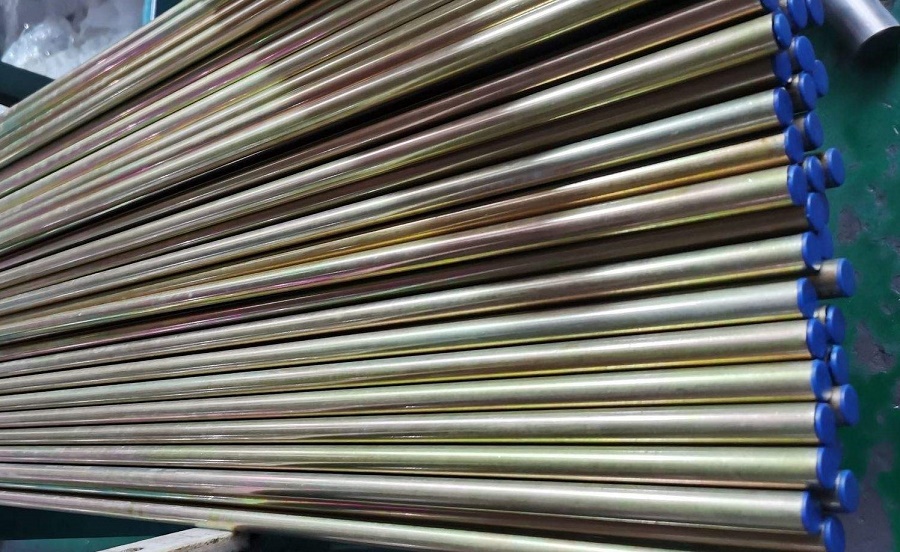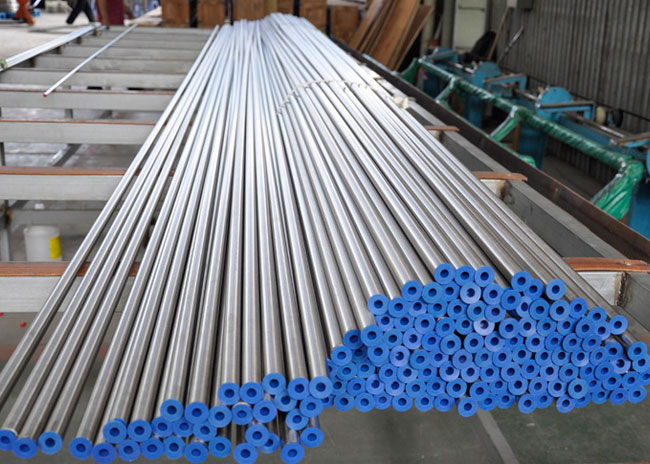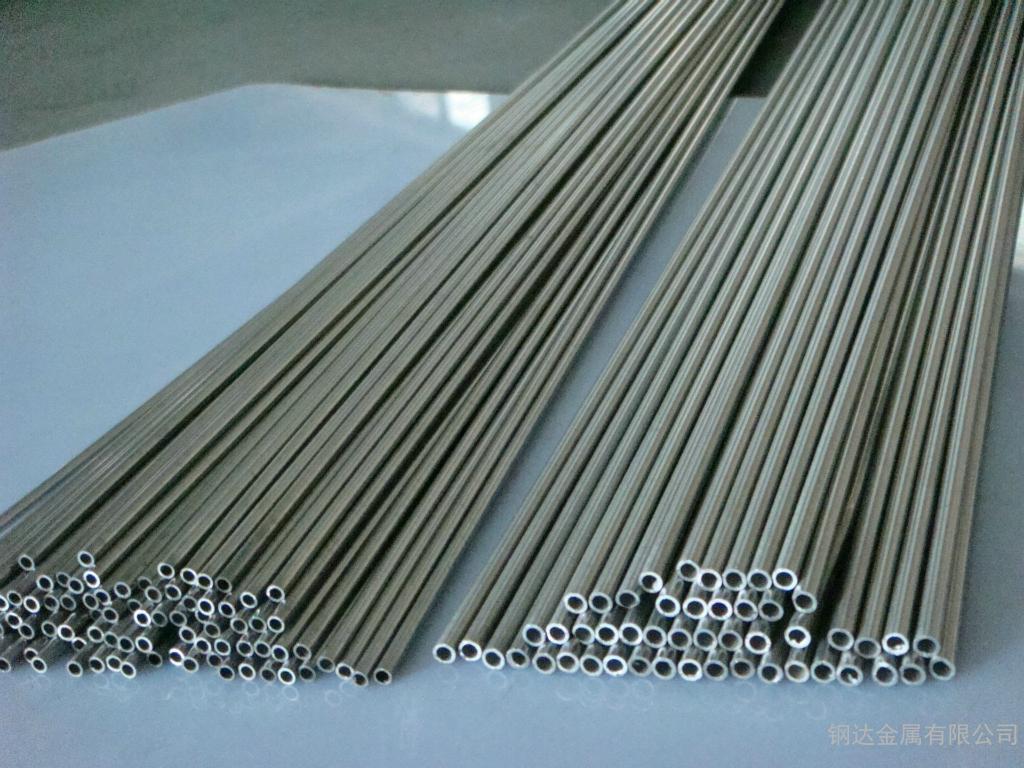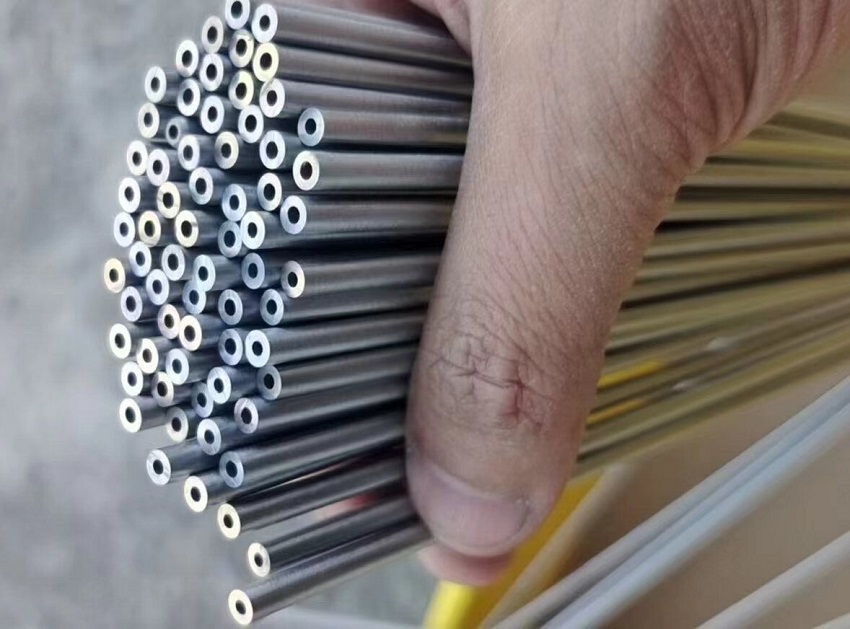NEWS CENTER
Steel tubing for hydraulic lines
Introduce Steel tubing for Hydraulic Lines
Steel tubing is widely used for hydraulic lines due to its excellent strength, durability, and resistance to high pressures, making it ideal for transporting hydraulic fluids in various industrial applications. Its ability to withstand extreme temperatures and corrosive environments further enhances its reliability in demanding settings such as construction, manufacturing, and aerospace. Additionally, steel tubing can be manufactured to precise tolerances, ensuring a secure and leak-free system, which is critical for maintaining the efficiency and safety of hydraulic operations. Its versatility allows for use in both rigid and flexible hydraulic systems, accommodating a range of motion and installation requirements.
1. Steel Tubing for Hydraulic Lines Material:
- Steel tubing for hydraulic lines is typically made from carbon steel, stainless steel, or alloy steel. Carbon steel is the most common choice due to its cost-effectiveness and high strength, making it suitable for a wide range of applications. Stainless steel, on the other hand, is used when corrosion resistance is necessary, providing durability in harsh environments where the tubing might be exposed to moisture, chemicals, or extreme temperatures. Alloy steel offers enhanced mechanical properties and strength, making it ideal for high-stress applications. Each material choice ensures that the hydraulic system remains robust, efficient, and reliable under varying operational conditions.
2. Steel Tubing for Hydraulic Lines Size and Dimensions:
- The size and dimensions of the tubing depend on the flow rate, pressure, and volume of fluid in your hydraulic system. Common sizes include 1/4", 3/8", 1/2", and 3/4" with various wall thicknesses.
3. Steel Tubing for Hydraulic Lines Wall Thickness:
- The wall thickness of the tubing is crucial to withstand the pressure of the hydraulic fluid. Thicker walls provide greater strength and durability. Consult hydraulic system specifications to determine the appropriate wall thickness.
4. Steel Tubing for Hydraulic Lines Seamless vs. Welded:
- Hydraulic tubing is available in both seamless and welded forms. Seamless tubing is preferred for high-pressure applications, as it has no weld seams that could weaken the tubing.
5. Steel Tubing for Hydraulic Lines Pressure Rating:
- Ensure that the steel tubing is rated for the maximum operating pressure of your hydraulic system. Different steel grades have varying pressure ratings.
6. Steel Tubing for Hydraulic Lines Bending and Flaring:
- Hydraulic tubing may require bending and flaring to fit the specific layout of your hydraulic system. Make sure the tubing can be easily manipulated without compromising its structural integrity.
7. Steel Tubing for Hydraulic Lines Coating or Plating:
- Consider tubing with corrosion-resistant coatings or plating, especially if your hydraulic system will be exposed to harsh environments. Zinc, phosphate, and other coatings can help protect the tubing.
8. Steel Tubing for Hydraulic Lines Standards and Regulations:
- Steel tubing for hydraulic lines must adhere to specific standards and regulations to ensure safety, performance, and compatibility. Key standards include the ASTM (American Society for Testing and Materials) specifications, such as DIN2391 and ASTM A213, which detail the requirements for seamless carbon and alloy steel tubes. The ISO (International Organization for Standardization) standards, such as ISO 10763, outline the specifications for hydraulic fluid power systems. Additionally, SAE (Society of Automotive Engineers) standards, like SAE J524 and SAE J525, govern the manufacturing, testing, and quality of steel tubing for hydraulic applications. Compliance with these standards ensures the tubing can withstand the pressures and environmental conditions typical in hydraulic systems, providing reliability and safety in operation.
9. Steel Tubing for Hydraulic Lines Compatibility:
- Ensure that the tubing is compatible with the hydraulic fluid you are using, as some fluids may be corrosive and require specific tubing materials.
10. Steel Tubing for Hydraulic Lines Installation and Maintenance:
- Proper installation and routine maintenance are essential to ensure the longevity and performance of hydraulic tubing. Follow recommended installation practices and inspect the tubing for wear, damage, or corrosion regularly.

Steel tubing for hydraulic lines
请输入搜索关键字
确定






